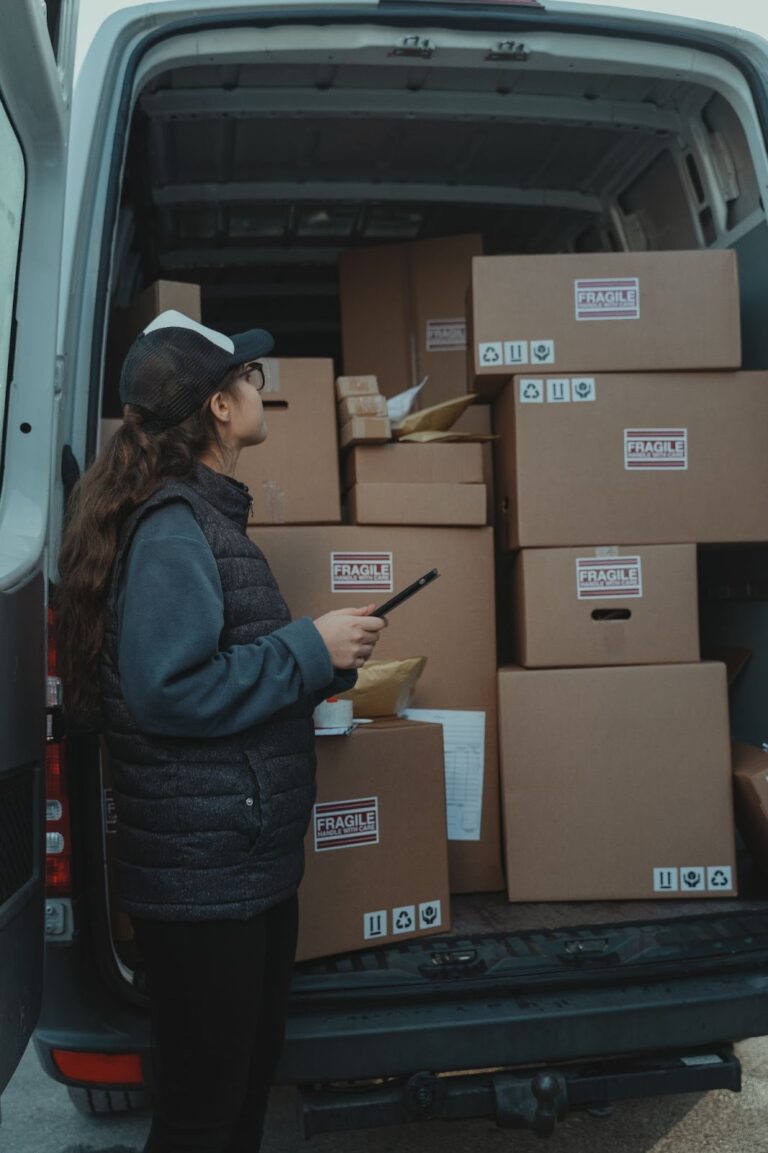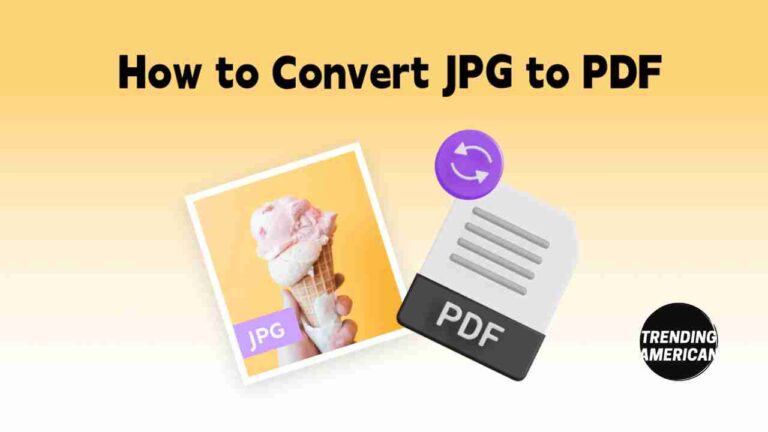Common Types of Printing Methods for Packaging
Custom printed boxes have been in trend for a long time. Product packed in custom boxes increases the reputation of the brand as they are truly aware of the branding procedure. So, custom-printed product boxes have a lot of advantages for various means. Furthermore, the methods of such printing product boxes are described down here. Any operation in which printing ink is applied on any surface and then dried is referred to as the printing method. There are 5 main methods by which printing for packaging is carried out.
- Offset Lithography Printing
- Flexography
- Digital Printing or Inkjet Printing
- Gravure
- Silkscreen Printing
1. Offset Lithography Printing
Offset Lithography Printing is one of the most common and most versatile of all methods used for packaging printing. A large variety of materials are printed by using this technique.
Uses
For printing the high-quality promotional materials Offset Lithography technique is used and these materials may include branded coasters, product advertisers and mouse mats etc.
Paper, plastic, wood and metals can also be printed by this technique. Everything (whether it is electronic, digital or print) has advantages and disadvantages as well. It depends on us whether we use it to our advantage or disadvantage. As Offset Lithography is related to printing and is common and most versatile of all printing methods, it also has some advantages as well as disadvantages. The advantages and disadvantages it is given below:
Advantages
It promises higher image quality and produced sharp and clean images. Moreover, it’s an easy and quick printing plate production method. Also, the life of print by this method has proved to be longer than other methods of printing.
Cost
For producing high-quality prints in commercial printing quantities, this method is used because it is the cheapest method.
Disadvantages
As compared to rotogravure or photogravure, offset printing gives a slightly inferior quality of the image. Because of the time and costs required to set up, Offset Lithography is not cost-effective. It is not cost-effective when used for smaller amounts. So, it is usually used when large amounts of print are needed.
2. Flexography
A form of printing process which applies a flexible relief plate is referred to as flexography.
Uses
For applying simple designs and colours to a wide variety of packaging materials, this technique is used worldwide. It is used for printing papers, plastic containers, tapes, corrugated cardboard boxes, metal foils and envelopes etc. Like Offset Lithography Printing, flexography also has advantages and disadvantages which are given below:
Advantages
For printing solid colours and patterns on a wide range of substrates, flexography is used.
Flexographic printing is also applied on porous, non-porous, rough, flat, absorbent and non-absorbent materials. A large number of types of inks can be used in flexography.
It gives high-quality images and printing industries are under strict inspection because of their negative effects on the environment. In this case, flexography is somewhat a good option for printing as it has fewer effects on the environment than other printing techniques. So, it is eco-friendly as well.
Disadvantages
Flexographic printing on the downside is not very advanced as compared to other methods of printing. Also, complicated and huge artworks cannot be produced by using this technique.
3. Digital Printing or Inkjet Printing
The process of moving a digital file directly to a printer or media substrates is referred to as Digital Printing.
Uses
The items that demand smaller quantity orders and high amounts of details use digital printing.
Digital files can be printed on paper, canvas, fabrics and other substrates by sending them directly to the digital printing press.
Advantages
Various designs without the limitation of colours are possible with full colour and gradation print. In addition, digital printing does not take a lot of time for colour matching. It does not require knowledge of prepress so it is so simple. Lastly, it is also eco-friendly as it reduces ink waste.
Disadvantages
The print is not long-lasting and the white colour cannot be produced on the print. Not to forget, bulk printing does not offer cost reductions because of fixed prices.
4. Gravure Printing
A huge volume of magazines and catalogues are often printed worldwide by the process of gravure.
Uses
This process is used in food packaging manufacturing, non-food packaging, labels, wall coverings, transfer printing, and a variety of other applications in security printing, tobacco and industrial segments.
Advantages
This printing method entails a very high printing speed and promises excellent quality of the print. The process of gravure is almost completely automated so labour cost is relatively low.
Disadvantages
Gravure Printing is an expensive process because the initial setup of the cylinder requires a huge amount of money.
5. Silkscreen Printing
Screen printing, also referred to as silk screen printing, uses a brush or mesh to transfer ink on a substrate.
Uses
It is mainly used in printing of images, designs on t-shirts, paper, wood, bags, and ceramics.However, the use of screen printing extends to packaging, electronics, and the textile industry. Even though it is not very efficient for huge quantities of prints, screen printing can be used for small quantities of packaging. Like other methods, there are advantages and disadvantages:
Advantages
It produces a higher quality print than other printing techniques and the print is long-lasting.
By using this technique, it becomes easy to print on specific areas, such as smaller corners of the box.
Disadvantages
A limited range of colours is available for printing and it’s not an eco-friendly process as a lot of water is used to clean the screens.







